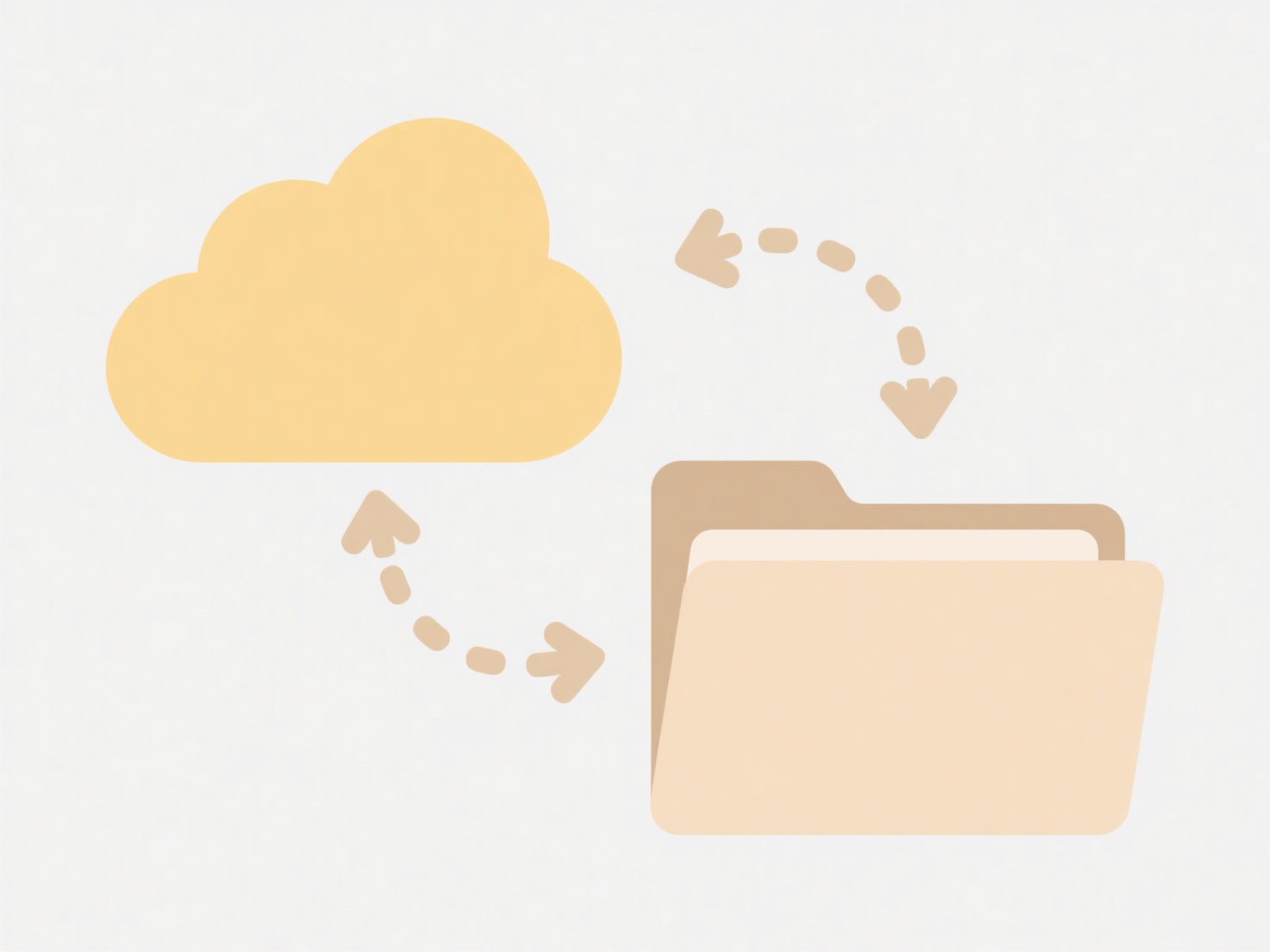
File permissions often reset after moving files because most operating systems handle moves between distinct filesystems as a copy-and-delete operation, not a true move. When a file is copied, it inherits the default permissions of the target folder, not the original file's specific permissions. This differs significantly from moving a file within the same filesystem, where the file's metadata (including permissions) is simply updated without changing the physical location on the disk.

This behavior impacts tasks like transferring files between different storage locations. For example, an IT administrator moving files from a local hard drive (using NTFS on Windows) to a network-attached storage (NAS) device (likely using a Unix-like filesystem like ext4 or NFS) would encounter reset permissions. Similarly, uploading files from a local machine to a cloud storage platform like AWS S3 involves copying across filesystems, leading to permissions defined by the bucket's defaults instead of the original file's settings.
The main advantage of this behavior is security; it prevents potentially inappropriate permissions from being carried into new contexts automatically. However, a significant limitation is the administrative overhead required to manually reset desired permissions after transfers, which can cause access errors and frustration. Future developments aim to provide more sophisticated cross-platform permission handling frameworks, but widespread adoption requires overcoming fundamental filesystem differences.
Why do file permissions reset after moving files?
File permissions often reset after moving files because most operating systems handle moves between distinct filesystems as a copy-and-delete operation, not a true move. When a file is copied, it inherits the default permissions of the target folder, not the original file's specific permissions. This differs significantly from moving a file within the same filesystem, where the file's metadata (including permissions) is simply updated without changing the physical location on the disk.

This behavior impacts tasks like transferring files between different storage locations. For example, an IT administrator moving files from a local hard drive (using NTFS on Windows) to a network-attached storage (NAS) device (likely using a Unix-like filesystem like ext4 or NFS) would encounter reset permissions. Similarly, uploading files from a local machine to a cloud storage platform like AWS S3 involves copying across filesystems, leading to permissions defined by the bucket's defaults instead of the original file's settings.
The main advantage of this behavior is security; it prevents potentially inappropriate permissions from being carried into new contexts automatically. However, a significant limitation is the administrative overhead required to manually reset desired permissions after transfers, which can cause access errors and frustration. Future developments aim to provide more sophisticated cross-platform permission handling frameworks, but widespread adoption requires overcoming fundamental filesystem differences.
Related Recommendations
Quick Article Links
Why do files from websites say “unsupported format”?
A file displays "unsupported format" when your browser or device cannot recognize, open, or interpret its specific data ...
How do I delegate file permission management?
Delegating file permission management means assigning the responsibility to set and control access rights to files or fo...
How do I organize Dropbox folders?
Organizing Dropbox folders involves creating a logical structure by creating folders, subfolders, and files within your ...